Employee Engagement and Successful Change
Employee engagement is a crucial driver of several positive business outcomes, such as productivity, employee retention, customer satisfaction, and profitability. What’s often overlooked is the importance of employee engagement in driving successful change. Research by Anna University management professors C. Swarnalatha and T. Prasanna discovered a vital link between the two.
The Gallup organization has studied and measured employee engagement for over 20 years. Gallup defines engaged employees as those “who are involved in, enthusiastic about, and committed to their work and workplace.” The willingness to give discretionary effort is a distinctive characteristic of engaged workers.
Unfortunately, only about one-third of U.S. employees are engaged in their jobs. Roughly one-sixth of them are actively disengaged, undermining their employers’ efforts to create a healthy and productive organization. That leaves about one-half of the workforce in the middle, doing their work with little interest in going above and beyond the basic requirements of the job. These statistics don’t bode well for successful change efforts.
Leaders must improve employee engagement to increase the likelihood of successful change. Swarnalatha and Prasanna’s research found that enhancing communication, collaboration, and trust are essential to gains in both areas. They also found that change is more likely to succeed when viewed as favorable, with the impact borne by the team as a whole rather than by individual employees carrying the weight of change on their shoulders. The best change leaders make this happen by regularly communicating and engaging with their workers.
Top leaders engage in the following practices to increase engagement from their teams:
- Work on the team, not just as a team. With so much work requiring a team effort, the best leaders focus on building trust and collaboration among team members. They promote a “we’re all in it together” attitude where the team shares responsibility for the hard work involved in change.
- Invest in team communication. The best leaders leverage formal and informal communication tools to keep the team informed on new developments, changing expectations, and shifting responsibilities. They use stand-up huddles and regular team meetings, as well as digital communication.
- Engage workers individually. Corporate strategies to enhance engagement are important, but the battle for employee engagement is won in the trenches. The supervisor-employee relationship is critical and best cultivated through regular one-on-one check-in conversations.
- Active listening. This may be the most underrated of leadership skills. The best leaders break from their screens and devices to truly listen to their workers. They learn what’s important to each team member and how to best engage them in the change process. When employees feel they are heard, they’re more likely to buy in, which leads to successful change.
This article was first published on the LeadChange blog.









